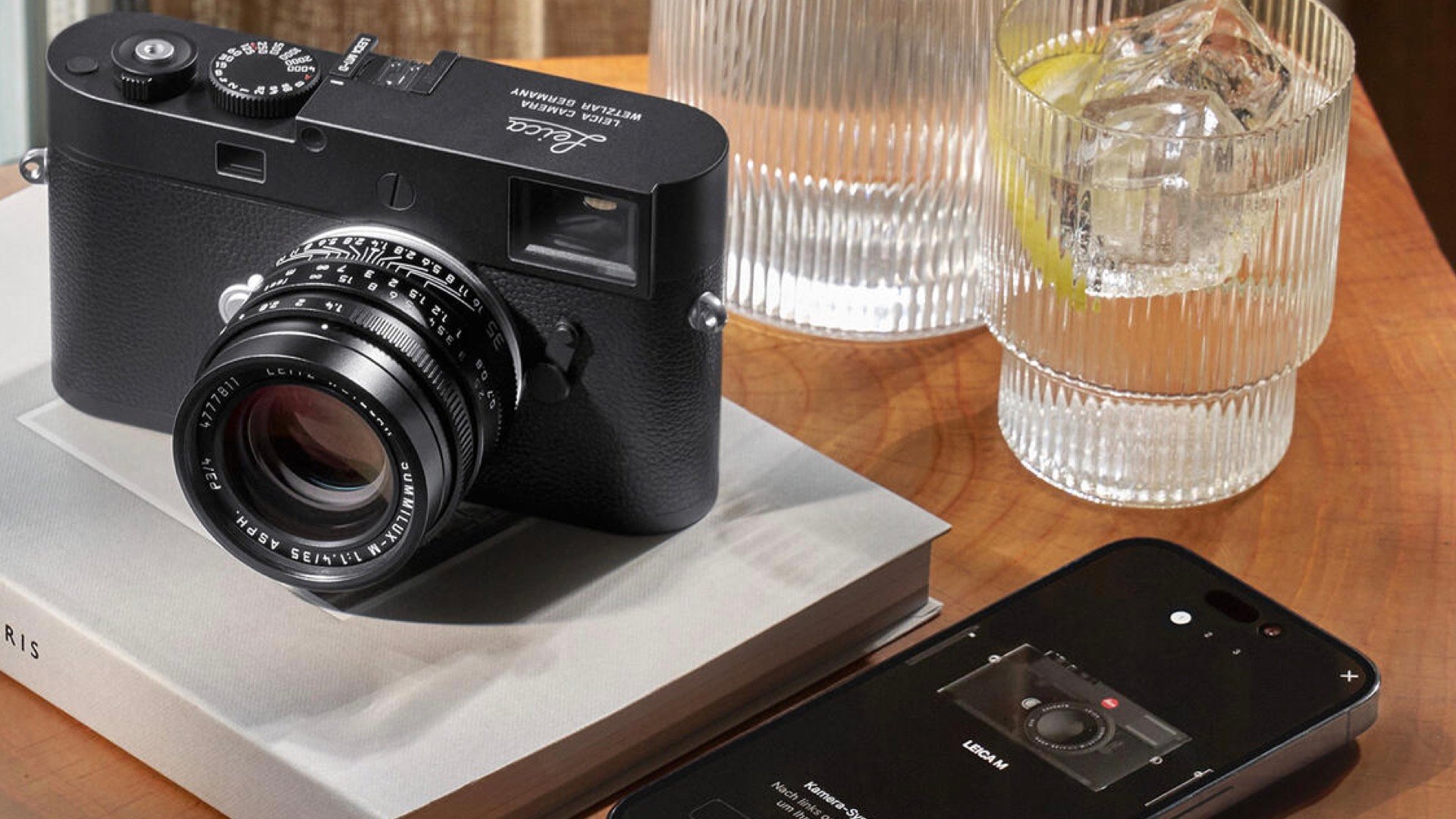Logowanie do WordPressa ustawia plik cookie, który przetrwa wyjście przeglądarki (funkcja wp_signon)
Nie wiedząc, jakiej wtyczki Google OAuth używasz (i w jaki sposób wewnętrznie loguje użytkownika), jedynym sposobem jest zastąpienie funkcji wtyczki wp_set_auth_cookieustawienie $remember zawsze true:
if ( ! function_exists( 'wp_set_auth_cookie' ) ) :
/**
* Sets the authentication cookies based on user ID.
*
* The $remember parameter increases the time that the cookie will be kept. The
* default the cookie is kept without remembering is two days. When $remember is
* set, the cookies will be kept for 14 days or two weeks.
*
* @since 2.5.0
* @since 4.3.0 Added the `$token` parameter.
*
* @param int $user_id User ID.
* @param bool $remember Whether to remember the user.
* @param bool|string $secure Whether the auth cookie should only be sent over HTTPS. Default is an empty
* string which means the value of `is_ssl()` will be used.
* @param string $token Optional. User's session token to use for this cookie.
*/
function wp_set_auth_cookie( $user_id, $remember = false, $secure="", $token = '' ) {
/**
* Force $remember
*/
$remember = true;
if ( $remember ) {
/**
* Filters the duration of the authentication cookie expiration period.
*
* @since 2.8.0
*
* @param int $length Duration of the expiration period in seconds.
* @param int $user_id User ID.
* @param bool $remember Whether to remember the user login. Default false.
*/
$expiration = time() + apply_filters( 'auth_cookie_expiration', 14 * DAY_IN_SECONDS, $user_id, $remember );
/*
* Ensure the browser will continue to send the cookie after the expiration time is reached.
* Needed for the login grace period in wp_validate_auth_cookie().
*/
$expire = $expiration + ( 12 * HOUR_IN_SECONDS );
} else {
/** This filter is documented in wp-includes/pluggable.php */
$expiration = time() + apply_filters( 'auth_cookie_expiration', 2 * DAY_IN_SECONDS, $user_id, $remember );
$expire = 0;
}
if ( '' === $secure ) {
$secure = is_ssl();
}
// Front-end cookie is secure when the auth cookie is secure and the site's home URL uses HTTPS.
$secure_logged_in_cookie = $secure && 'https' === parse_url( get_option( 'home' ), PHP_URL_SCHEME );
/**
* Filters whether the auth cookie should only be sent over HTTPS.
*
* @since 3.1.0
*
* @param bool $secure Whether the cookie should only be sent over HTTPS.
* @param int $user_id User ID.
*/
$secure = apply_filters( 'secure_auth_cookie', $secure, $user_id );
/**
* Filters whether the logged in cookie should only be sent over HTTPS.
*
* @since 3.1.0
*
* @param bool $secure_logged_in_cookie Whether the logged in cookie should only be sent over HTTPS.
* @param int $user_id User ID.
* @param bool $secure Whether the auth cookie should only be sent over HTTPS.
*/
$secure_logged_in_cookie = apply_filters( 'secure_logged_in_cookie', $secure_logged_in_cookie, $user_id, $secure );
if ( $secure ) {
$auth_cookie_name = SECURE_AUTH_COOKIE;
$scheme="secure_auth";
} else {
$auth_cookie_name = AUTH_COOKIE;
$scheme="auth";
}
if ( '' === $token ) {
$manager = WP_Session_Tokens::get_instance( $user_id );
$token = $manager->create( $expiration );
}
$auth_cookie = wp_generate_auth_cookie( $user_id, $expiration, $scheme, $token );
$logged_in_cookie = wp_generate_auth_cookie( $user_id, $expiration, 'logged_in', $token );
/**
* Fires immediately before the authentication cookie is set.
*
* @since 2.5.0
* @since 4.9.0 The `$token` parameter was added.
*
* @param string $auth_cookie Authentication cookie value.
* @param int $expire The time the login grace period expires as a UNIX timestamp.
* Default is 12 hours past the cookie's expiration time.
* @param int $expiration The time when the authentication cookie expires as a UNIX timestamp.
* Default is 14 days from now.
* @param int $user_id User ID.
* @param string $scheme Authentication scheme. Values include 'auth' or 'secure_auth'.
* @param string $token User's session token to use for this cookie.
*/
do_action( 'set_auth_cookie', $auth_cookie, $expire, $expiration, $user_id, $scheme, $token );
/**
* Fires immediately before the logged-in authentication cookie is set.
*
* @since 2.6.0
* @since 4.9.0 The `$token` parameter was added.
*
* @param string $logged_in_cookie The logged-in cookie value.
* @param int $expire The time the login grace period expires as a UNIX timestamp.
* Default is 12 hours past the cookie's expiration time.
* @param int $expiration The time when the logged-in authentication cookie expires as a UNIX timestamp.
* Default is 14 days from now.
* @param int $user_id User ID.
* @param string $scheme Authentication scheme. Default 'logged_in'.
* @param string $token User's session token to use for this cookie.
*/
do_action( 'set_logged_in_cookie', $logged_in_cookie, $expire, $expiration, $user_id, 'logged_in', $token );
/**
* Allows preventing auth cookies from actually being sent to the client.
*
* @since 4.7.4
*
* @param bool $send Whether to send auth cookies to the client.
*/
if ( ! apply_filters( 'send_auth_cookies', true ) ) {
return;
}
setcookie( $auth_cookie_name, $auth_cookie, $expire, PLUGINS_COOKIE_PATH, COOKIE_DOMAIN, $secure, true );
setcookie( $auth_cookie_name, $auth_cookie, $expire, ADMIN_COOKIE_PATH, COOKIE_DOMAIN, $secure, true );
setcookie( LOGGED_IN_COOKIE, $logged_in_cookie, $expire, COOKIEPATH, COOKIE_DOMAIN, $secure_logged_in_cookie, true );
if ( COOKIEPATH != SITECOOKIEPATH ) {
setcookie( LOGGED_IN_COOKIE, $logged_in_cookie, $expire, SITECOOKIEPATH, COOKIE_DOMAIN, $secure_logged_in_cookie, true );
}
}
endif;
Polecam na przykład umieścić to we wtyczce MU wp-content/mu-plugins/always-remember.php






